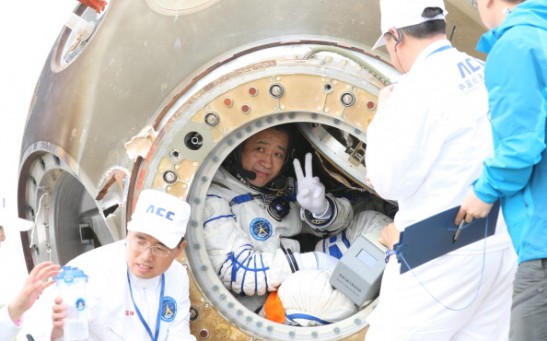Space Exploration
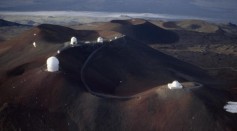
Giant Telescope Construction Continues atop Hawaiian Volcano, Despite Protests
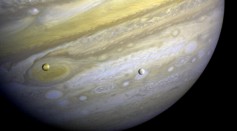
See What Tools Made the Cut Aboard the Upcoming Europa Clipper Mission
Astronomers Capture the Most Detailed Images Yet of the Beautiful Medusa Nebula
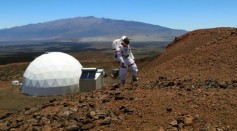
NASA Hopes to Rely on Algae and Bacteria for Oxygen Production on Mars
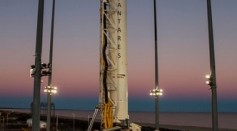
Antares Rocket Launches on East Coast Tonight: Viewing and Live Stream Info
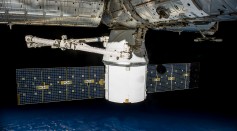
Dragon Spacecraft Completes Mission, Splashes Down in Pacific Ocean
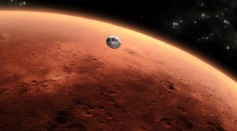
Future Mars Missions Threatened by Cosmic Radiation
Most Popular

How Technology Is Changing the Real Estate Industry?

Study Reveals High Turnover in Scientific Research Careers: What This Means for Future Scientists

Nikolay Karpenko Biography, Photo, Career, Accomplishments

China’s Tiangong Space Station to Expand Its Capabilities With New Modules

